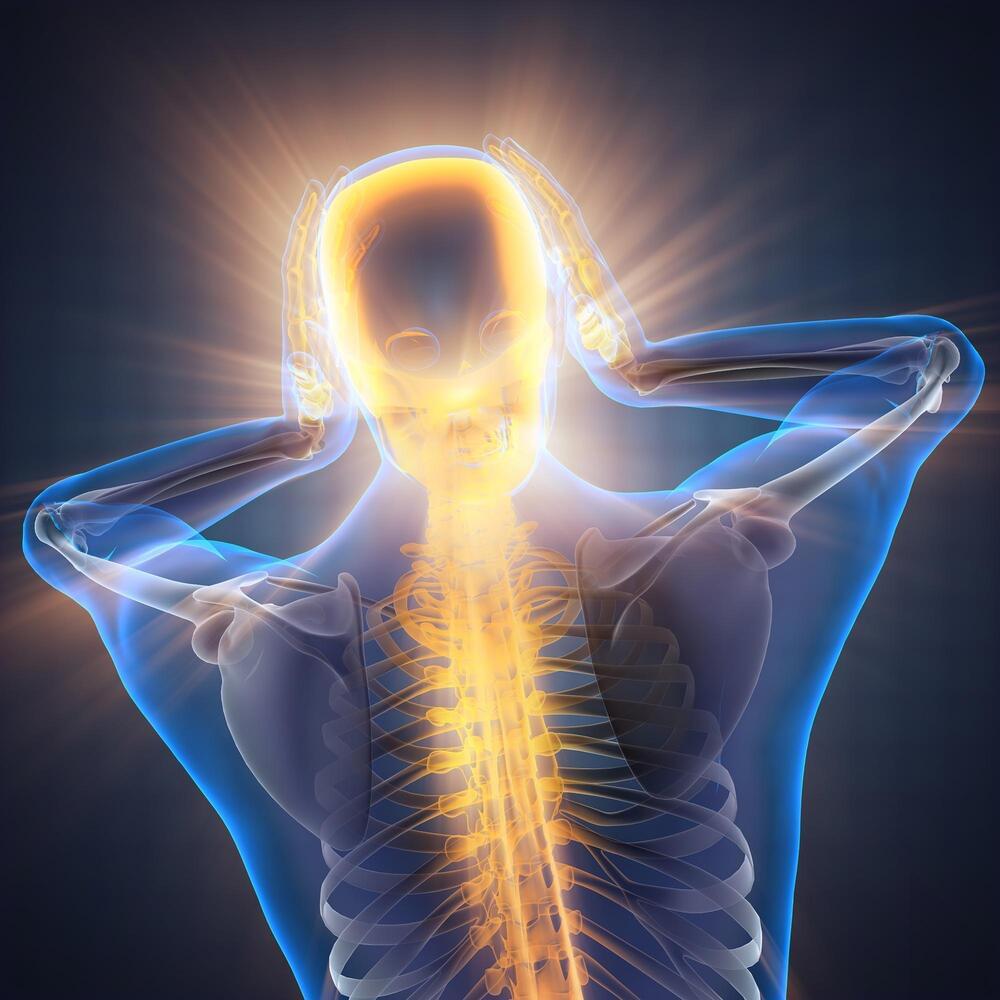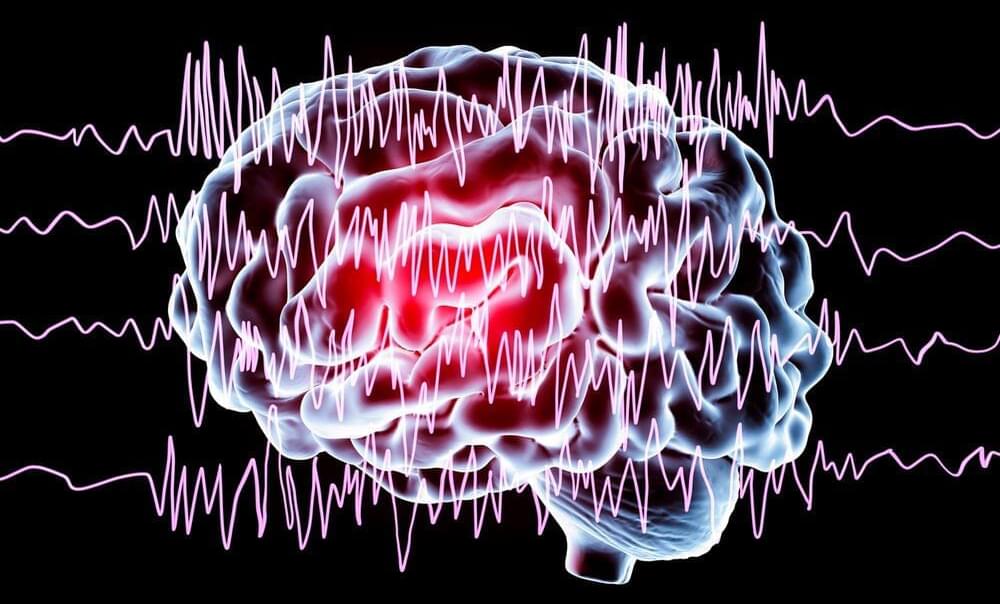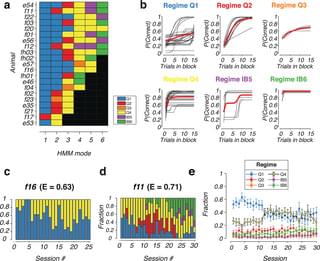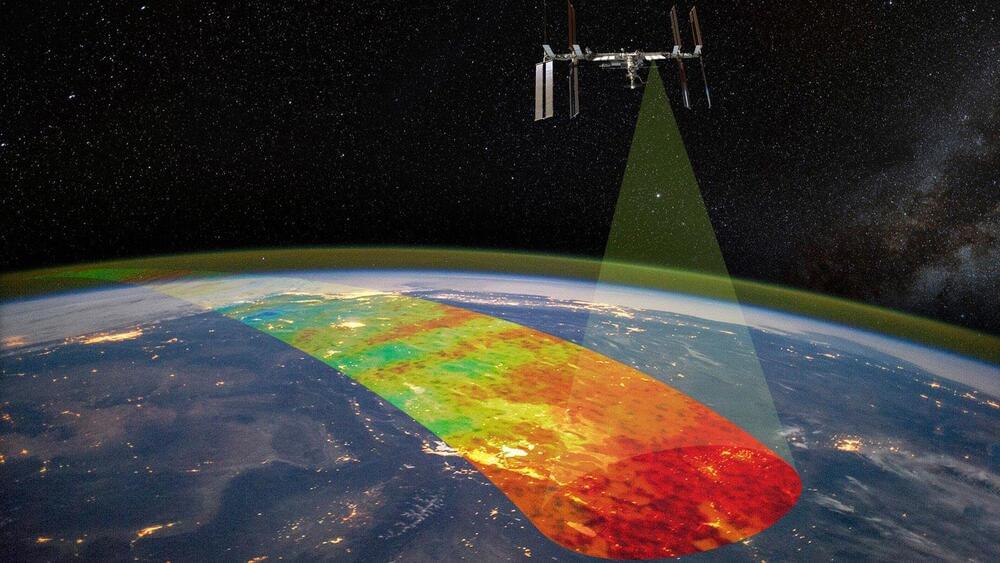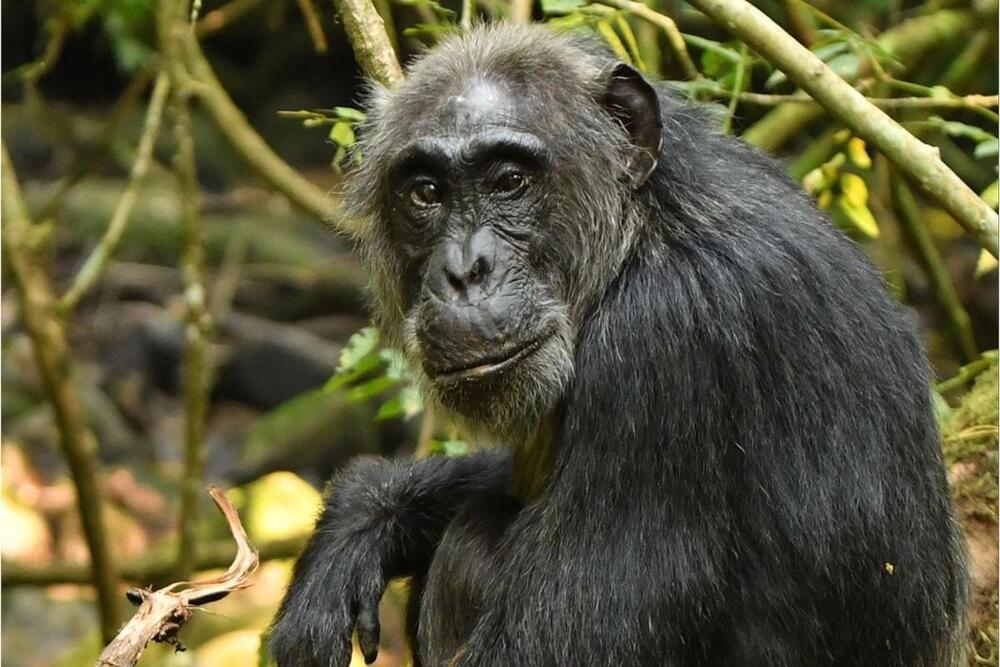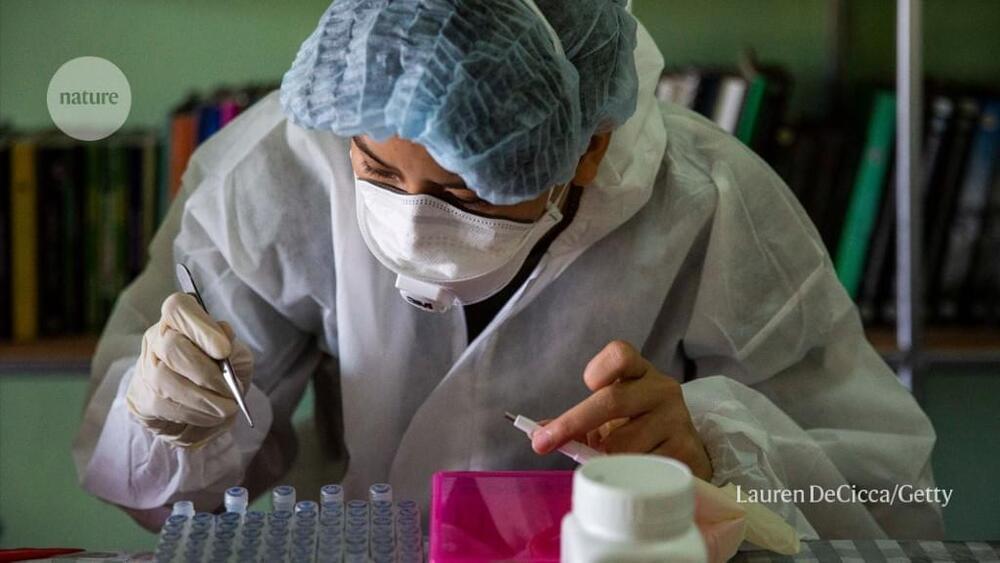Dec 11, 2023
Unexpected Discovery About the Body’s Temperature Sensors Could Lead To Better Pain Relievers
Posted by Saúl Morales Rodriguéz in categories: biological, electronics
The ability to accurately detect heat and pain is critical to human survival. However, the molecular mechanisms behind how our bodies identify these dangers have long been a mystery to scientists.
Now, University at Buffalo researchers have unraveled the complex biological phenomena that drive these critical functions. Their research, recently published in the Proceedings of the National Academy of Sciences, has uncovered a previously unknown and completely unexpected “suicidal” reaction in ion channel receptors that explains the complicated mechanisms that underlie sensitivity to temperature and pain.
The research could be applied to the development of more effective pain relievers.
